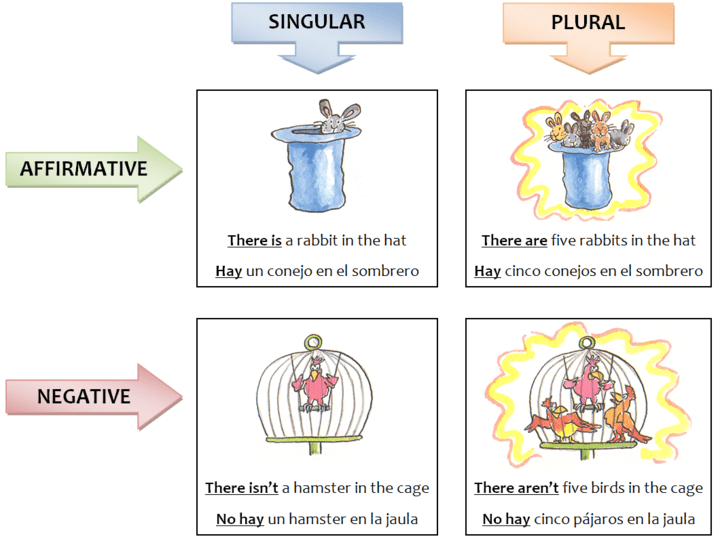HI EVERYBODY!
EN PRIMER LUGAR ESTE VÍDEO SE LO DEDICO A ÁFRICA.
¡ÁNIMO, TE QUEREMOS!
VÍDEO PARA ÁFRICA
1st LESSON
ORAL PART
(Es posible que con algunos dispositivos móviles no se pueda ver el vídeo. Pero sí desde el ordenador).
1.- Open your classbook on page 60/61
2.- Look at the title of unit 6 » At the community garden» and deduce the meaning.
3.- Listen and repeat the words about animals. Listening_77. (Page 60)
4.- Listen and repeat the dialogue. Listening_79. (Page 61)
REMEMBER_IMAGEN PARA RECORDAR Y REPASAR.
WRITTEN PART IN YOUR NOTEBOOK
1.- Do the title of unit 6: » At the Community Garden».
2.- Copy the new vocabulary of page 60 in your notebook. Then translate the words.
3.- Copy the dialogue on page 61. Then translate the dialogue.
4.- Practise the dialogue with your mum, sister o brother if you have.
2nd LESSON
ORAL PART
1.- Listen to the song » The community garden song». Page 61
Selecciona la canción adecuada cuando abras el siguiente enlace.
https://elt.oup.com/student/amazingrooftops/level04/songs?cc=global&selLanguage=en#tracktitle
2.- Review the vocabulary on page 60, listening_77.
WRITTEN PART
1.- Write affirmative sentences about the animals which appear in the song.
Example: There are bees near these trees.
2.- Answer these questions about your context.
-
Is there a cat in your house? No, there isn’t.
-
Are there books in the kitchen?
- ___________________________
-
Is there a chocolate cake in the fridge?
- ____________________________
-
Are there bananas in the cupboard?
- _____________________________
-
Are there mountains near your house?
- ______________________________
-
Is there a park next to your grandad’s house?
- ______________________________
3.- Deduce the meaning of the sentence.

